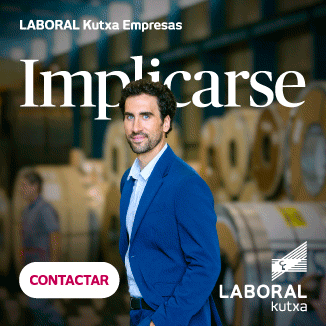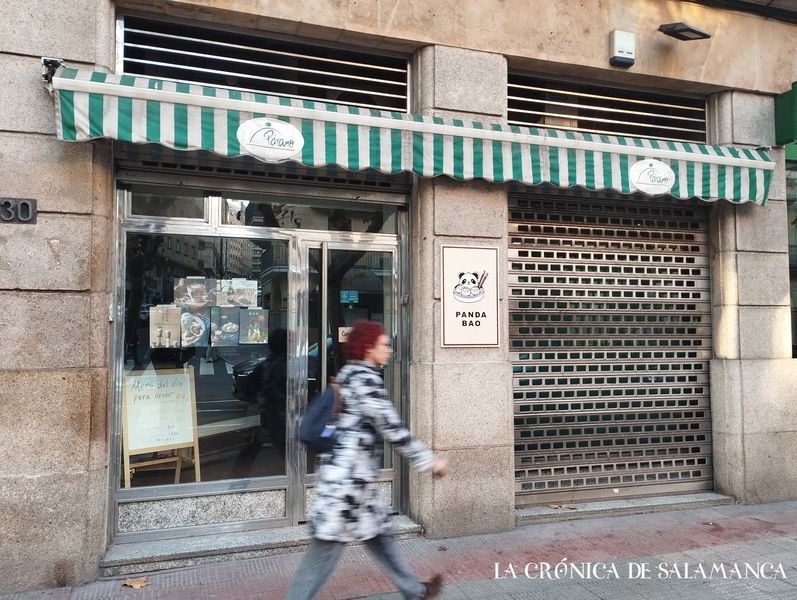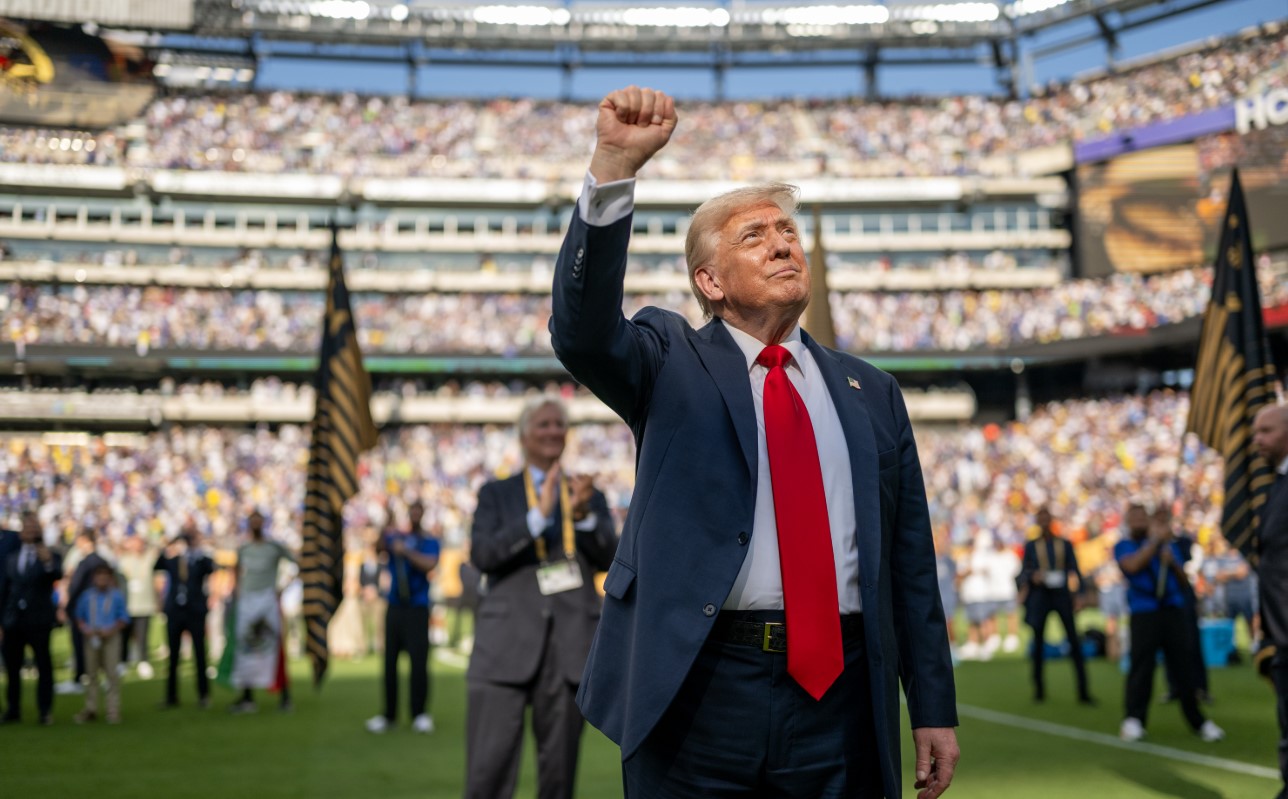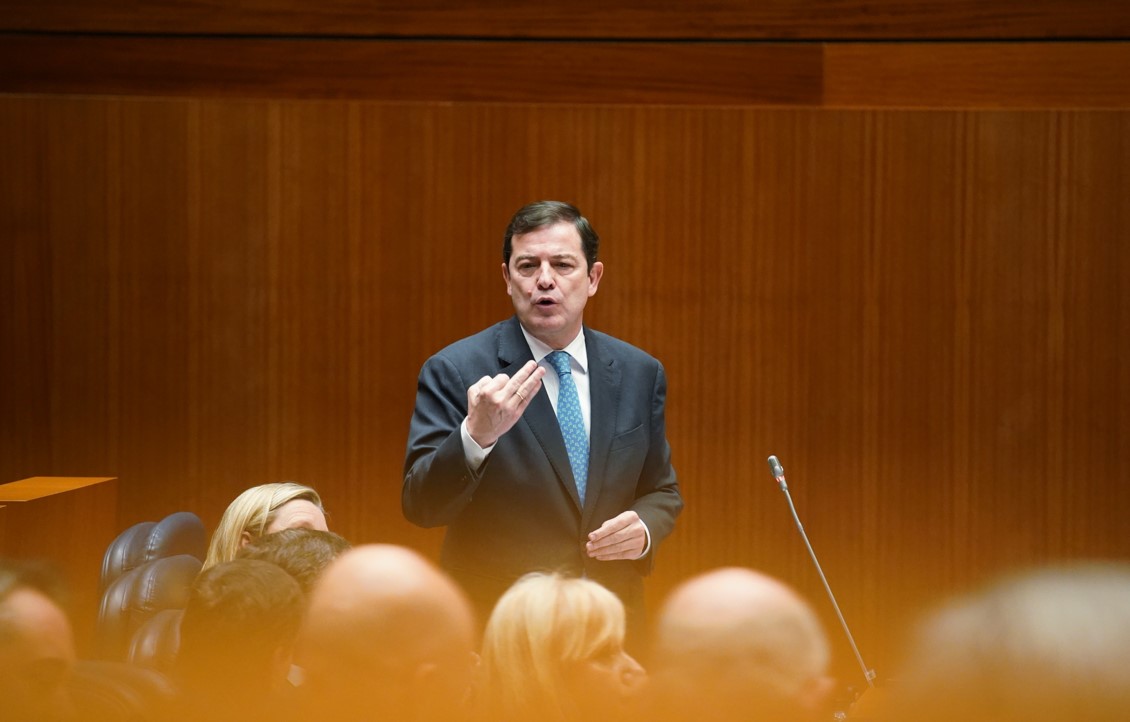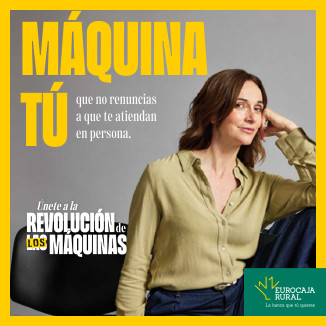CONFLICTOS Y MEDIACIÓN
Cualquier organización, ya sea empresa o institución, que se precie de serlo ha sufrido durante su historia situaciones conflictivas y problemas con sus miembros y partes interesadas. Los intereses particulares de cada uno de estos se anteponen, siempre, al bien común complicando el camino de la resolución del problema. El conflicto se caracteriza por tener, al menos, dos posiciones diferentes, de las que una tiene, inicialmente, mayor poder, aunque esto no siempre sea así.
Las empresas e instituciones encajan perfectamente en esta situación, pues hay una parte, la dirección, que dispone de autoridad indiscutible para gestionar la actividad que realiza y parte como favorito en cualquier conflicto, pero si se niega a escuchar a sus partes interesadas tales como inversores, trabajadores, clientes, proveedores, competencia, defensores y reguladores de la conservación ambiental y el entorno social, aquella, la dirección de la organización, puede tener sus días contados.
La solución, según los expertos en resolución de conflictos, pasa por la mediación para, en primer lugar, disminuir el radicalismo de las posiciones y después ayudar en las negociaciones. Así el mediador se configura como el árbitro de la disputa. Esta figura debe, acudiendo a las mismas fuentes de expertos, tener empatía, ser honesto, asertivo, tolerante, creativo y, por supuesto, no ha de emitir juicios, aunque las normas y regulaciones apoyen a una parte más que a otra.
A mi entender, la legalidad y la ausencia de posicionamientos abusivos deben regir las actuaciones de las organizaciones y estas deben reconocer y aceptar estos principios, teniendo siempre en cuenta que pueden ser variados y modificados por la evolución en el pensamiento de ese grupo de interés, normalmente silencioso, que es la sociedad (entorno social).
Así pues, la negociación, consulta y profundo conocimiento de los grupos de interés definidos por las empresas o instituciones son herramientas de prevención del conflicto.
“No podrá haber tranquilidad de un lado de la frontera, y bombardeos del otro lado. Si no tenemos paz en ambos lados, también habrá problemas en ambos”. (Golda Meir)
CONFLICTS AND MEDIATION
Any organization, whether company or institution, that boasts of being one has suffered during its history conflicting situations and problems with its members and stakeholders. The particular interests of each of these are always placed before the common good, complicating the path of solving the problem. The conflict is characterized by having, at least, two different positions, of which one has, initially, greater power, although this is not always the case.
Companies and institutions fit perfectly in this situation, because there is a part, the management, which has indisputable authority to manage the activity it performs and is a favorite in any conflict; but, if it refuses to listen to its stakeholders such as investors, workers, customers, suppliers, competition, defenders and regulators of environmental conservation and the social environment, the direction of the organization, may have their days numbered.
The solution, according to experts in conflict resolution, goes through mediation to, first, reduce the radicalism of the positions and then help in the negotiations. Thus, the mediator is configured as the arbiter of the dispute. This figure must, going to the same sources of experts, have empathy, be honest, assertive, tolerant, creative and, of course, not to make judgments, although the rules and regulations support one party more than another.
In my opinion, legality and the absence of abusive positions should govern the actions of organizations and they should recognize and accept these principles, always bearing in mind that they can be varied and modified by the evolution in the thinking of those stakeholders, normally silent, which is society (social environment).
Thus, the negotiation, consultation and in-depth knowledge of the stakeholders defined by the companies or institutions are conflict prevention tools.
“There cannot be tranquility on one side of the border, and bombings on the other side. If we do not have peace on both sides, there will also be problems in both”. (Golda Meir)
Antonio González Losa
— oOo —



